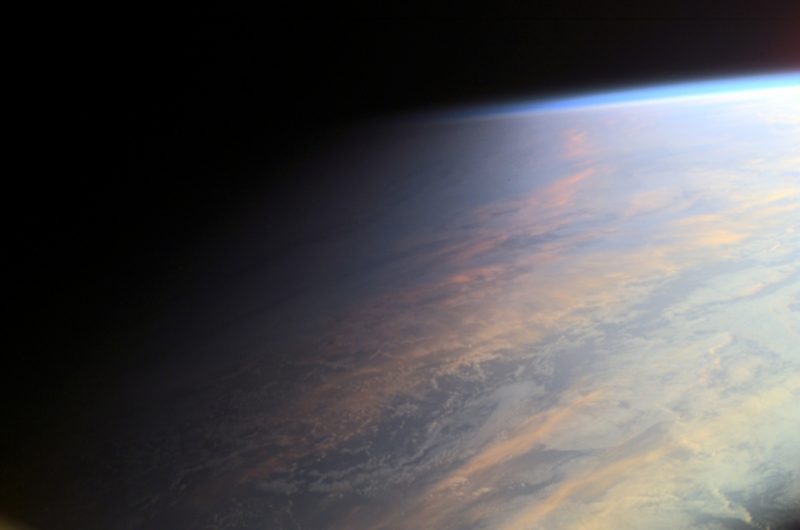Understanding Twilight Phases
Twilight—the transition between day and night—is more complex than many photographers realize. Understanding the different phases of twilight will help you plan shoots more effectively and make the most of these magical in-between times.
Twilight Definition:
The time between sunrise and dawn (morning) or between sunset and dusk (evening) when sunlight is scattered in the upper atmosphere, illuminating the lower atmosphere when the sun is below the horizon.
The Three Phases of Twilight
Civil Twilight
Sun position: 0° to 6° below horizon
Characteristics: Brightest twilight phase. Enough natural light for most outdoor activities. Horizon clearly visible. Bright planets and stars appear.
Photography uses: Cityscapes, portraits with soft light, blue hour photography.
Nautical Twilight
Sun position: 6° to 12° below horizon
Characteristics: Horizon becomes difficult to discern. Brighter stars visible. Sea navigation using the horizon becomes difficult (hence "nautical").
Photography uses: Astrophotography with some ambient light, moody landscapes, silhouette shots.
Astronomical Twilight
Sun position: 12° to 18° below horizon
Characteristics: Sky becomes dark enough for most astronomical observations. Faintest stars become visible. No sunlight illuminates the sky.
Photography uses: Milky Way photography, deep sky astrophotography, long exposure night photography.
Morning vs. Evening Twilight
While the sun's position defines identical phases in morning and evening, the two twilights often have different characteristics:
Morning Twilight
- Air is often clearer with less pollution
- Atmospheric conditions more stable
- Colors can appear cooler (more blue)
- Dew or frost may add interesting elements
- Wildlife is typically more active
Evening Twilight
- Atmosphere often contains more particles and pollution
- Colors tend to be warmer (more red/orange)
- City lights begin to appear during civil twilight
- Human activity creates more compositional elements
- Longer transition period from day to night
Photography Techniques for Each Twilight Phase
Civil Twilight Photography
- Use the balanced light for portraits with soft, even illumination
- Capture cityscapes as artificial lights turn on against the twilight sky
- Experiment with long exposures to show motion in water or clouds
- Use graduated neutral density filters to balance bright skies with darker foregrounds
Nautical Twilight Photography
- Create moody landscapes with limited ambient light
- Combine star trails or bright planets with silhouetted foregrounds
- Use light painting techniques to illuminate foreground elements
- Experiment with high ISO settings and fast lenses
Astronomical Twilight Photography
- Capture the Milky Way when it's fully dark
- Use long exposures for star trails or deep sky objects
- Combine artificial light sources with the night sky
- Focus on light pollution-free compositions
Seasonal Variations in Twilight
Twilight duration varies significantly by season and latitude:
- Equatorial regions: Twilight is brief (about 1 hour total) year-round
- Mid-latitudes: Twilight lasts 1.5-2 hours, with longer durations in summer
- High latitudes: In summer, twilight can last all night (no true darkness). In winter, extended twilight periods occur.
- Polar regions: Experience "polar night" (no sunrise) and "midnight sun" (no sunset) with extended twilight periods in between
Pro Tip:
Use MelAuroral's twilight calculator to determine exact times for each twilight phase at your location. This helps plan shoots when specific lighting conditions are needed.
Twilight Photography Gear
- Tripod: Essential as light decreases
- Fast lenses: f/2.8 or faster for later twilight phases
- Remote shutter release: For vibration-free long exposures
- Headlamp: With red light to preserve night vision
- Filters: Graduated ND for civil twilight, light pollution for astronomical twilight
Understanding twilight phases gives you greater control over your photography. By knowing exactly what to expect from each phase, you can plan shoots more effectively and create images with precisely the mood and lighting you envision.




